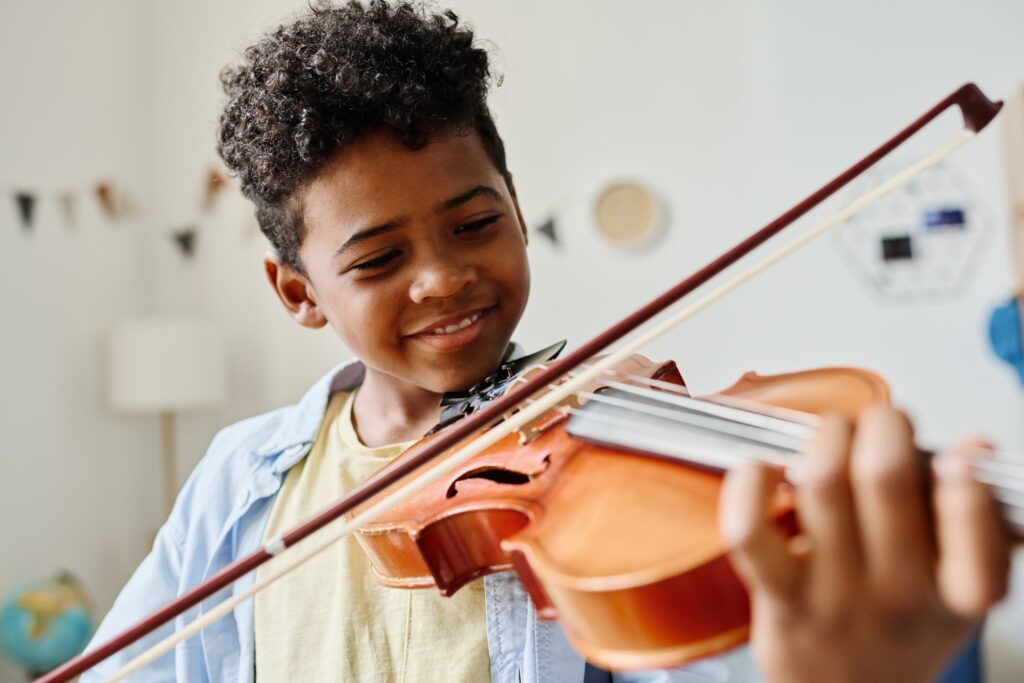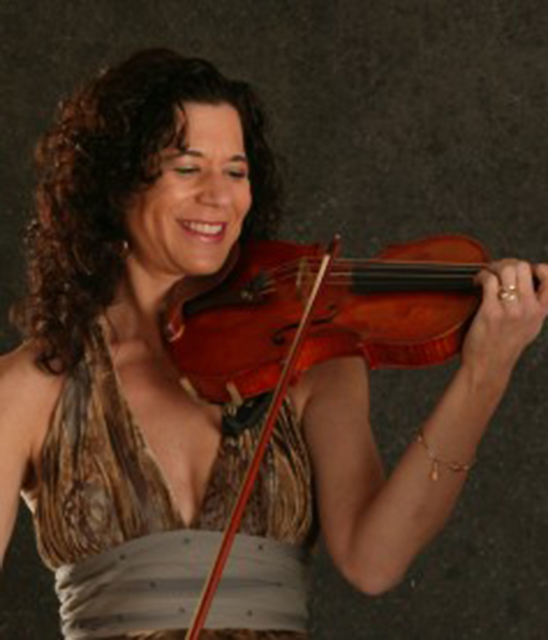
Shinichi Suzuki believed that “any child who is properly trained can develop musical ability just as all children develop the ability to speak their mother tongue.” This approach to learning is based upon a close relationship between the child, parent, and teacher.
In the Suzuki method, the parent is present at all classes and lessons and learns how to become the daily home teacher. The principles of the Suzuki method include daily listening, development of concentration and memory skills, learning to work with other students, parents, and teachers in group activities, and continual repetition, mastery, and refinement of techniques. The Suzuki approach allows students to build on successes and sustains a positive environment for growth musically as well as socially.
Every Child Can:
Every child can be educated. Every child can learn. The Suzuki method provides a nurturing learning environment for each child.
Begin early:
Like learning a language, learning begins at birth. The early years are crucial for developing mental processes and muscle coordination. Formal training may begin at age four or five, but it’s never too late to begin.
Mother-tongue approach:
Suzuki applies the basic principles of language acquisition to the learning of music. Children learn to speak a language after hearing it spoken repeatedly. Children learn music the same way by listening to music daily.
Positive Environment:
Each child learns at his/her own pace, appreciates each step, acknowledges effort, and is nurtured with honest and specific feedback.
Suzuki Triangle:
The student, parent, and teacher work together. The “practice parent” serves as the teacher at home.
Small Steps & Repetition:
Pieces in the Suzuki repertoire are designed with a logical progression to build skills through appropriate and achievable steps. Suzuki students learn how to practice well and build skills through constant repetition.
Learning with other Children:
In addition to private lessons, children participate in regular group ensemble classes and frequent performances where they learn and are motivated by each other.
Note Reading:
Like learning a language, students in the Suzuki method learn first by ear and then learn to read music.



